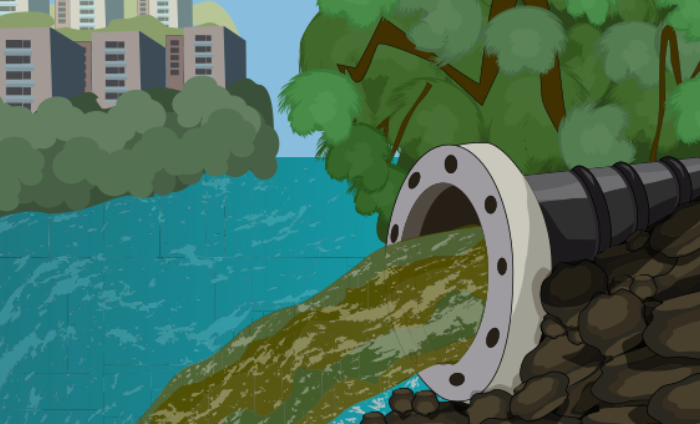
Would you swim in polluted water?
The more people swim, paddle and play in our rivers, the more urgent cleaning them up becomes, says Simon Griffiths
New publicly available data from the Environment Agency show that sewage spilled into English waters from storm overflows 403,171 times and for a total of 3.1 million hours in 2020.
The data make grim reading, but the one glimmer of good news is that the water companies have increased the number of storm overflows they monitor from 8,276 in 2019 to 12,092 last year, according to The Guardian newspaper, which sourced the equivalent information for 2019.
The Rivers Trust, a charity, says there are 14,630 declared storm overflows in England. This means water companies now collect data from 83% of known storm overflows. They aim to have complete coverage by the end of 2023.
On average, each monitored storm overflow discharged 35 times in 2019 and 33 times in 2020. A well-designed storm overflow is expected to discharge less than 20 times each year, and only when there has been extreme rainfall. With the average above 30, the system is not working as it should be, and long-term climate forecasts suggests storm discharges will increase if the infrastructure is not improved.
When I tell people I swim in the Thames, some are aghast. “You shouldn’t swim in the Thames,” they say, “it’s polluted.” As the data show, they’re right about the pollution. Thames Water recorded 18,443 spill events in 2020. Many of these went directly into the Thames or its tributaries.
But we should not stop swimming in rivers because they’re polluted. Instead, the water companies should stop polluting the rivers we swim in. The more people who swim, paddle and play in our rivers, the more urgent cleaning them up becomes. We know outdoor swimming and connecting with blue spaces has many health and wellbeing benefits, but those benefits are lost if the water is polluted. As outdoor swimming grows in popularity, water pollution will become a broader public health issue.
To be fair to the Thames, despite the numerous pollution incidents, testing I’ve done with The London Waterkeeper, as well as testing by event organisers such as Henley Swim, show that it often meets bathing water standards. One of the problems, as I’ve highlighted previously, is that we don’t know when it doesn’t. Historical data indicates the scale of the problem but we need live data to tell us when pollution is happening.
And then we need investment in infrastructure to reduce the number of spills so that they only happen under the most extreme weather conditions. At current rates, this will take a long time. According to the Rivers Trust, water companies in England have committed to improving just 800 storm overflows before 2025. That is less than 6% of the total of known storm overflows – and there are many others that are not yet mapped.
That’s not good enough. Swimming outdoors, especially in rivers like the Thames, shouldn’t just be for those of us who are prepared to take the risk of swimming through water contaminated with human waste, it should be for everyone. That will only happen when sewage spills are minimised or eliminated, and we have live data and due warning if there’s an emergency.







